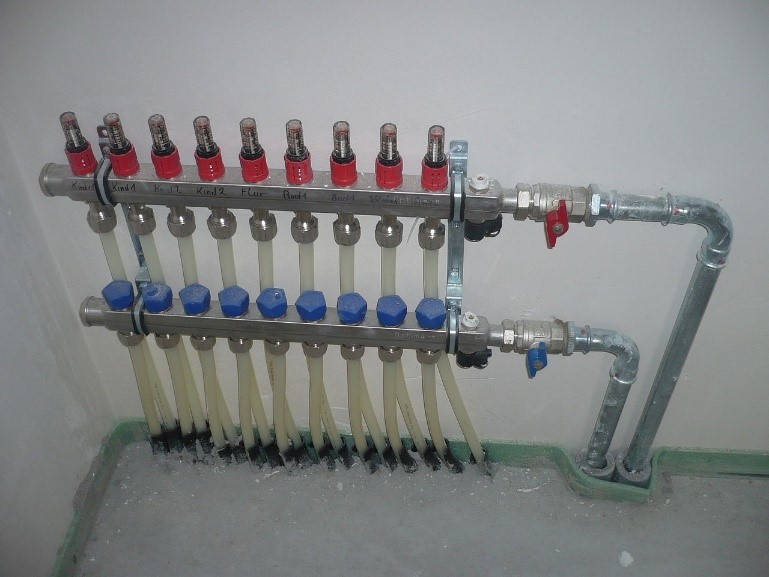
It is the most common topic for small talk at everything from weddings to business meeting. As a nation, we collectively denounce our weather when it is inclement and unpleasant, but enjoy the ‘few days of summer’ we get each year.
Too cold and we complain and yet when we are too hot, we still complain, lurching from flooding to droughts within months of each other.
As we stand on the cusp of spring, we look back at the winter of 2016/17 and perhaps think it wasn’t all that bad. As we enjoy the warmth of summer we forget the cold of the winter past and not think too much of the winter weather that could arrive on our doorstep this time round.
And, as winter arrives on the doorstep, we will flick the switch on the boiler on the assumption it will burst into life and keep us toasty warm all winter.
But will it? As we enjoy the heat of summer, will the small issue with the heating system that we have promised we will get fixed asap, suddenly develop into a fault that prevents heat being distributed? Will the small leak become such a big problem that come the colder evenings there will be no heat to ward off the chill?
The Good News
There is never a convenient time to find that you have a problem with your heating, although making this discovery when temperatures plummet is possibly the worst time.
Like all things, prevention is better than cure. And this means expending a little time and effort – and cash, if needed – to make sure that your underfloor heating is in great shape.
But here is the first piece of good news: underfloor heating needs relatively little attention to carry on being the energy-efficient system you know and love.
The second is that you can perform a preliminary and basic heating health check on your system. Discover something whilst doing this, and you have a better idea of the problem when you call in a suitably qualified engineer.
A 5-Step Heating Health Check
Step 1 – The Pumps
An easy task to start with: simply turn the system on, create a demand for heat, and check that the pump is running and flow gauges are showing a consistent flow of water through the system.
Step 2 – Check the System Interlock
With the system still turned on, turn each thermostat down so that there is no demand. What should happen is that the pump should go off and the boiler should not fire. If it does, it still means there is demand in the system for heat or hot water. The flow gauges should also have a zero reading.
Step 3 – Check Each Zone in Turn
With underfloor heating, you can have a single zone system (if this is the case you can skip this step) or you can have a multi-zone system that allows you to operate the heating at different temperatures in different rooms and areas.
Zone by zone, turn the thermostat up so that it calls for heat. As in step 1, the manifold pump should be running, the boiler should fire and after a short delay, the flow gauges should show a flow of water through the system.
Step 4 – Programme the Controls/Thermostat
Depending on what thermostat you use, the basic version or the more sophisticated smart thermostat, taking time to refresh your memory on how it works, temperature settings and so on is a great way of not only detecting any problems with it, but also having more control over your heating system.
The more you use the thermostat and controls to monitor and change the level of heat in your home on a day to day basis, the more energy efficient the system will be – and this means saving money.
Step 5 – Bleed the System
Hopefully, when you had the underfloor heating system installed or inherited it from the previous homeowners, you will have been shown the bleed point at the manifold. By releasing this point, you release any air that has built up in the system.
No air means a more responsive and efficient system.
Follow all five of these steps and providing the results are as they should be, your underfloor heating system is good to go!
What It Shouldn’t Do…
Underfloor heating is a ‘silent system’. This is because there are very few moving parts and no parts that should grind against each other.
Apart from the odd gurgle or sound of water running – but even this can indicate a problem if it is noticeable and a frequent occurrence – your system should not bubble, glug or ‘knock’. If it does, you need an underfloor heating engineer.
But such a simple, yet effective heating system rarely poses any problems.
